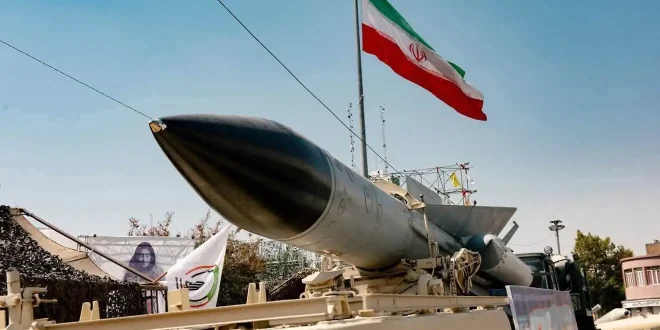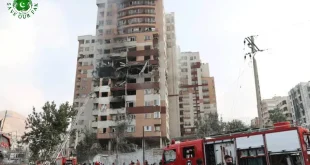Whenever Iran fires a ballistic missile from Isfahan toward Israel, it doesn’t just travel freely. The first line of defense it faces includes American forces in Iraq, French Rafale jets based in the UAE (with Saudi Arabia allowing use of its airspace), and the USS Carl Vinson aircraft carrier watching the Gulf with high-tech missile destroyers. These forces try to destroy the missile right away.
If the Iranian missile somehow escapes this first layer, it then faces Jordan’s air force, American troops in Jordan, and British Royal Air Force jets like Typhoons and F-35s flying in from Cyprus. They also try their best to stop the missile.
Even if the missile gets past all of them, Israel’s Arrow 3 air defense system steps in. It tries to hit the missile in space from a range of around 2,000 kilometers. If Arrow 3 fails, then Arrow 2 takes over and tries to intercept it as it enters the atmosphere, within a range of 1,500 km to 500 km.
After that, another Israeli system called David’s Sling follows the missile from 300 km down to 40 km, trying to take it down before it gets closer.
If the missile still survives all that, it finally comes face to face with the Iron Dome — Israel’s last defense line. The Iron Dome targets the missile when it’s just 70 km to 4 km away from hitting the ground.
Now ask yourself — does any other country’s missile face so many advanced defenses just to reach its target? Remember, Iran’s missiles are built by itself, while the systems trying to stop them are the peak of modern technology made by some of the most developed countries in the world.
 Save Our Pak
Save Our Pak


